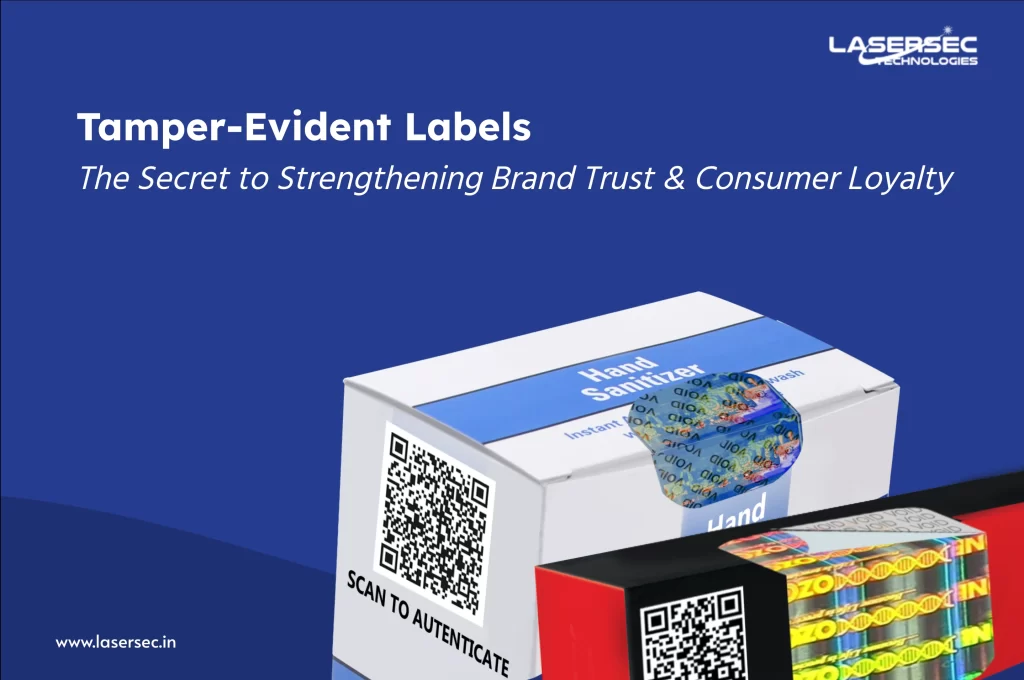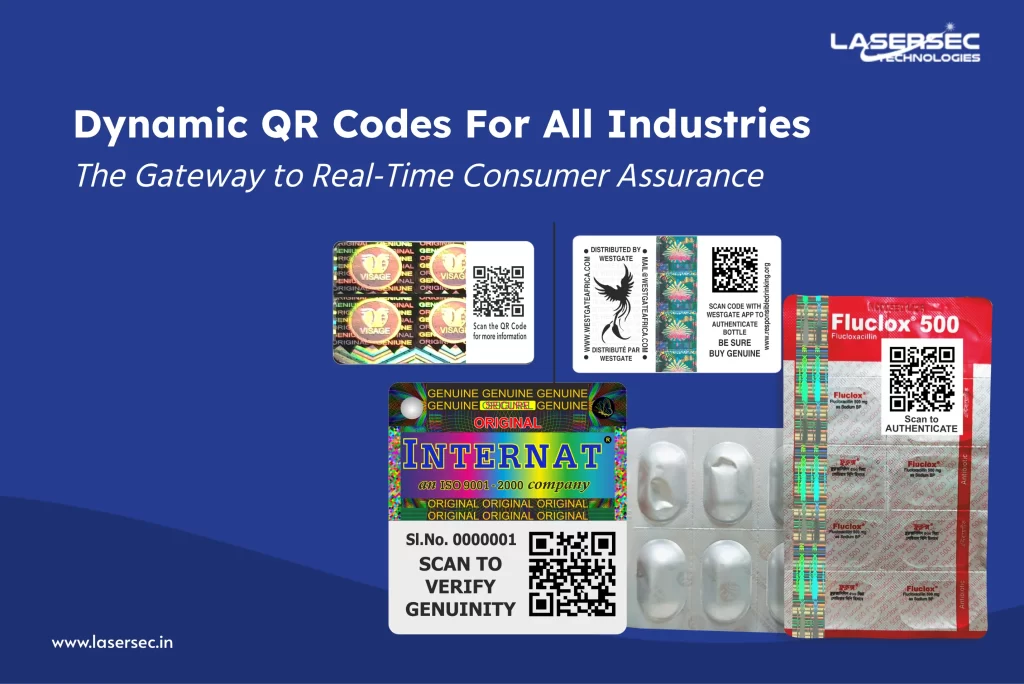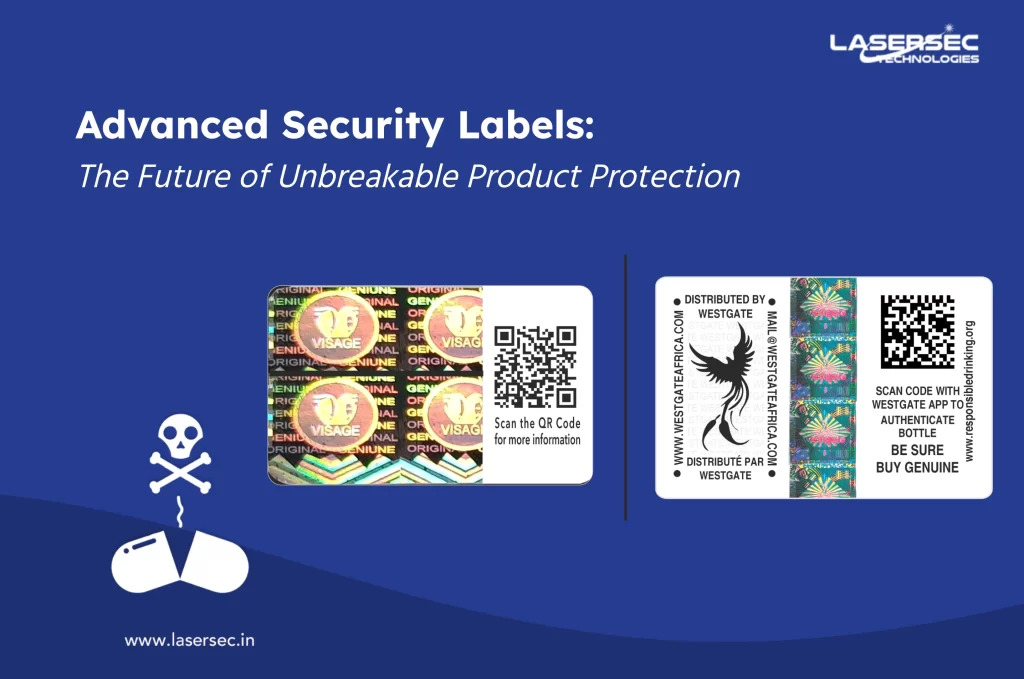
Counterfeits are an emerging market, growing dramatically over the past few years. The market is prospering on a Demand & Supply phenomenon. Counterfeiters are serving the consumers because the demand is thriving.
“As per the Global Brand Counterfeiting Report 2018, the amount of total counterfeiting globally has reached to 1.2 Trillion USD in 2017 and is bound to reach 1.82 Trillion USD by the year 2020 which includes counterfeiting of all equipment/products from defense equipment’s to counterfeiting of watches.”
Most of the consumers buy counterfeits knowingly. It needs to be analyzed why consumers buy fake products despite them being inferior in quality, compromised brand-specific features and carrying performance risks.
The Global Brand Counterfeiting Report also estimated a loss of 323 billion USD in 2017 just because of fakes selling online. Let us understand the key drivers of this fake market.
The “Research Report on Consumer Attitudes and Perceptions on Counterfeiting and Piracy” prepared by the International Chamber of Commerce (ICC), WIPO, explain the following predominant drivers behind counterfeit purchases:
- Lower price: Counterfeits help consumers to gain the status of originals without paying the original price.
- Increasingly better quality developing an urge: Because of the increasing demand, counterfeits are working towards increasing their quality also to further increase customer base.
- Low risk of penalty equates to a license to buy.
- Availability, quality, price and low risk generating an overall sense of social acceptability.
Not all consumers have a clear perception of why to buy a genuine product. Consumers are not always convinced with paying so high the amount for a branded product. Despite the above-mentioned factors, brand personality is another driver for considering counterfeit branded products.
Buying a counterfeit brings a sense of owning a luxury/branded product and the brand value associated with it. It is not only the perception of lower- or middle-class people but also rich people as they want to avoid social embarrassment with their peer groups and to appear fashionista and up to date.
Being detected with owning a fake brand is not a matter of concern for the consumers. Their choices vary only when health is concerned!














